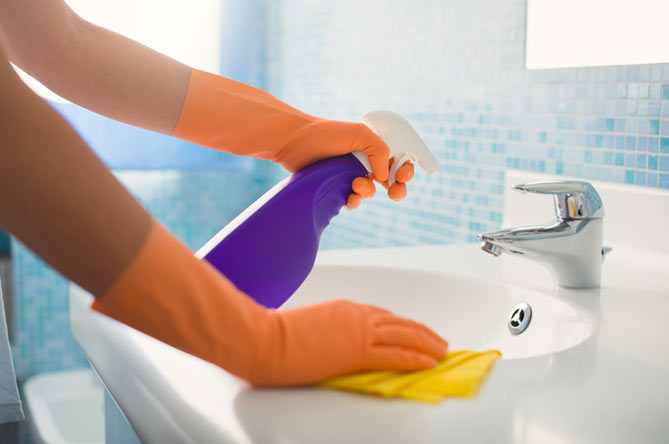Environmental toxins are everywhere. They’re in the air that we breathe, the soap we use to wash our dishes, even the mattress that we sleep on.
We are exposed to 6 million pounds of mercury and 2.5 billion pounds of other toxic chemicals every year. Over 80,000 chemicals have been introduced into our society since 1900, while only 550 of them have been tested for safety. Concerned? You should be.
A 2009 study by the Environmental Working Group (EWG) found 232 chemicals in the umbilical cords of newborns. These included lead, mercury, dioxins, PCBs, PBDEs, and BPA to name few; industrial compounds and pollutants that are known to cause everything from cancer to cognitive and behavioral impairments, endocrine system disruption, cardiovascular abnormalities, diabetes, asthma and obesity.



[…] environmental and household products contain chemicals that mimic estrogen (xenoestrogens) in the body, thereby causing a cascade of […]